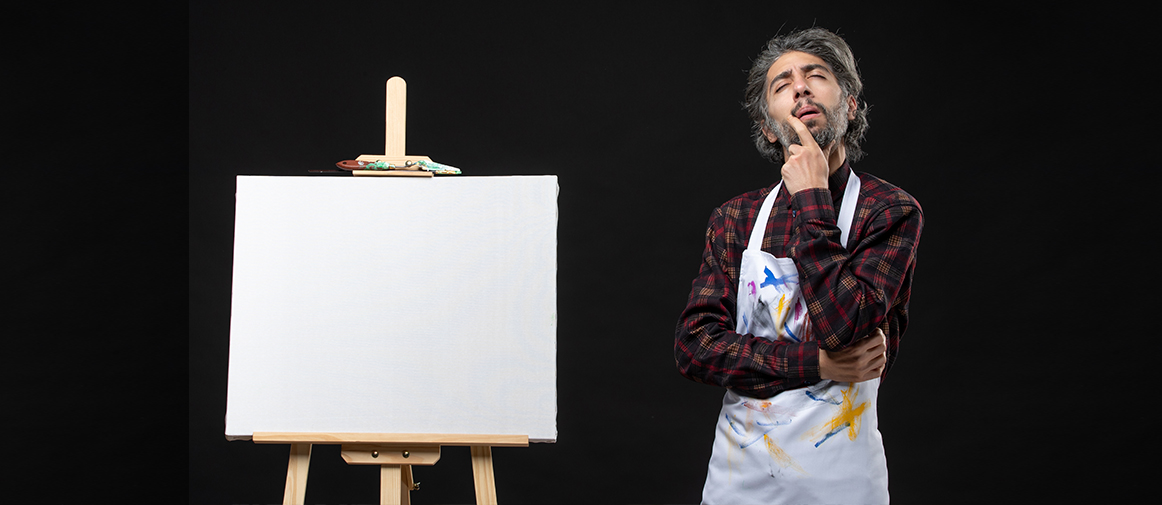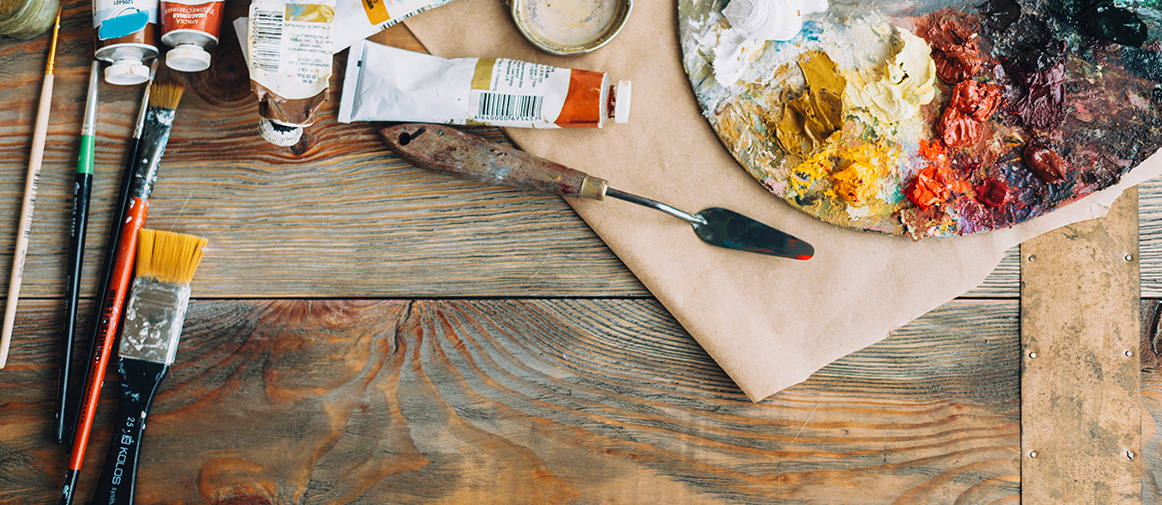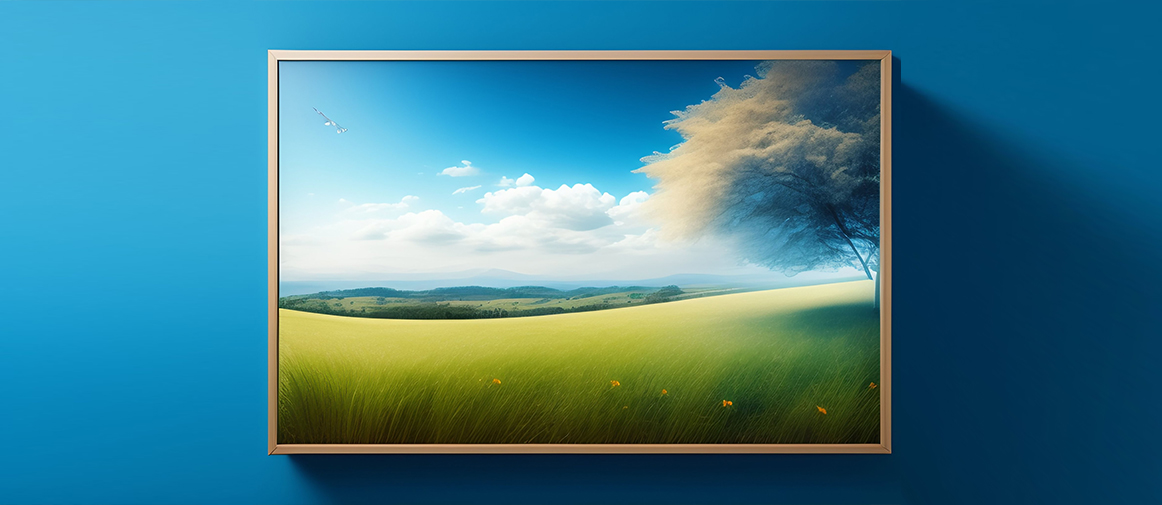Enjoy free shipping on all orders. Delivery within 7-8 working days.

Art styles are often tied to specific periods in history. They can be broad, like "Baroque" or "Modernist," or more specific, like Impressionism or Fauvism. Artists often use these styles to connect with their audience and imbue their work with meaning.
The Renaissance, a period of artistic and intellectual rebirth that began in Italy in the 1400s and spread throughout Europe, lasted until the early 1600s. During this time, artists used their creativity and skills to create new works of art. Renaissance art marks the transition from the abstract shapes of the Middle Ages to the more symbolic shapes of the 15th century. The subject matter of Renaissance art moved from primarily biblical scenes to portraits, ancient mythological stories, and current events. This shift was largely driven by the desire to record more accurate descriptions of people and events for the sake of history, as well as the growing interest among artists in depicting people as they really were, rather than how they were viewed by Christians. Famous Renaissance artists include Leonardo da Vinci, Michelangelo, Raphael, Donatello, and Fra Angelico.
Baroque, a popular style of art, architecture, and music that flourished from the end of the 16th century to the middle of the 17th century, is known for its emphasis on grandeur and drama. It is characterized by dramatic lighting and a focus on how the work is experienced by the audience, rather than on accuracy. Baroque art can be found in paintings, sculptures, buildings, and music.
Rococo, also known as Late Baroque, was a style that emerged in France during the reign of Louis XV (1715-1774). It is characterized by its light, elegant aesthetic and ornate, asymmetrical decorations and designs. Rococo artists often used natural shapes, such as flowers, shells, and scrolls, and employed both painting and lacquering to give their work a shiny appearance. The French Revolution marked a break with the rococo style, which was popular with the royal class and symbolized wealth and luxury.
Romanticism, a movement in art, music, and literature that originated in Western Europe and spread around the world, was a reaction against the rationalism and order that dominated 18th-century thought and culture. Romantics believed that nature was filled with mystery, awe, and meaning, and saw it as an alternative to rationalism. They opposed political reform but supported social reform, particularly the rights of women, and sought to improve cultural institutions, such as schools and churches, to make it easier for people to feel spiritually
In the early 1800s, Realism emerged as an art movement that rejected the idealistic and romantic art of the time in favor of detailed, accurate, and faithful representations of reality. Early realists like Eugene Delacroix, Théodore Géricault, and William Hogarth were influenced by the work of artists like Gustave Courbet, whose painting "A Burial at Ornans" from 1857 depicted peasants burying one of their own who had died from smallpox, shocking to those who were unaware of the lack of access to medical care for the poor at the time.
Impressionism, a style of painting that emerged in France in the mid-to-late 1800s, is characterized by small, visible brushstrokes, unblended colors, and an emphasis on accurately depicting natural light. French Impressionist painter Edgar Degas coined the term in 1874 and is known for his large brushstrokes and unblended colors to create an image that appears to be a snapshot. While not all Impressionist painters used these techniques, they were generally known for using bright colors and loose brushwork, which made their work appear unfinished or even amateurish to some. Despite this, their work was revolutionary for its time and served as a precursor to Modern art movements such as Post-Impressionism and Abstract Expressionism.
Post-Impressionism, a term coined by art critic Louis Vauxcelles in 1908, referred to a diverse range of evolving artistic styles in painting, drawing, printmaking, sculpture, and ceramics as a "revolt against Impressionism." Emerging in the early 1900s, Post-Impressionism saw artists experimenting with different ways to depict the visible world and challenging traditional ways of seeing it.
Cubism, an avant-garde movement founded by Pablo Picasso and Georges Braque between 1907 and 1911, involved geometric forms built from multiple views or perspectives. These abstract artworks, typically not figurative or representational, changed the way artists and audiences saw the world. Derived from the French word for "cube," Cubism was first applied to a group of artists who used African masks as inspiration to create abstract figures on canvas. These paintings are frequently flat as they attempt to depict objects with three dimensions in one dimension (height, width, and depth).
Fauvism was an art movement that started in 1905 and lasted until around 1911. It was founded by Henri Matisse, who released his work "Woman with a Hat" in 1905. This painting is considered an important example of fauvism because it incorporates all the characteristic features of the style: bright colors, expressive brushstrokes, and simplified forms. The name "Fauvism" comes from the French word "Fauves," which means "wild beasts." This term was originally used by critics in a derogatory way to describe the artists' use of bright colors and distorted figures.
Expressionism is a term that was coined by German art critic Julius Meier-Graefe in 1910. It refers to an art style that depicts subjective emotions and responses to objects and events rather than objective reality. Features of expressionism include distorted forms, unnatural colors, unsettling compositions, and the use of powerful contrasts to evoke mood.
Expressionist paintings are known for their use of vivid color schemes. They may also include shape distortion and exaggeration. The goal of expressionism is to convey the emotional states that are evoked by various phenomena rather than simply reflecting what is in front of the artist. Some famous examples of expressionist paintings include Edvard Munch's "The Scream," which depicts a nightmarish scene of distressed human figures, and Franz Marc's "Blue Horse I," which features large, abstract shapes that seem to be charging at the viewer like wild animals.
Abstract Expressionism was a dominant force in the New York art scene during the 1940s and 1950s. It developed from Surrealism and Cubism. The movement was based on the idea that artists should be free to express themselves by painting what they feel rather than copying nature or other artworks. Some Abstract Expressionist painters used bold, rapid brushstrokes to create images that appear to emerge from the canvas. Others used thick layers of paint to create textures that resemble skin or cloth. These artists were able to capture human emotions through color on canvas without depicting any specific subject matter in detail - a process known as abstraction.
In conclusion, there are endless art styles to choose from for inspiration. If you're looking for ideas, consider starting with your own home or library. You might be surprised at what you find.








